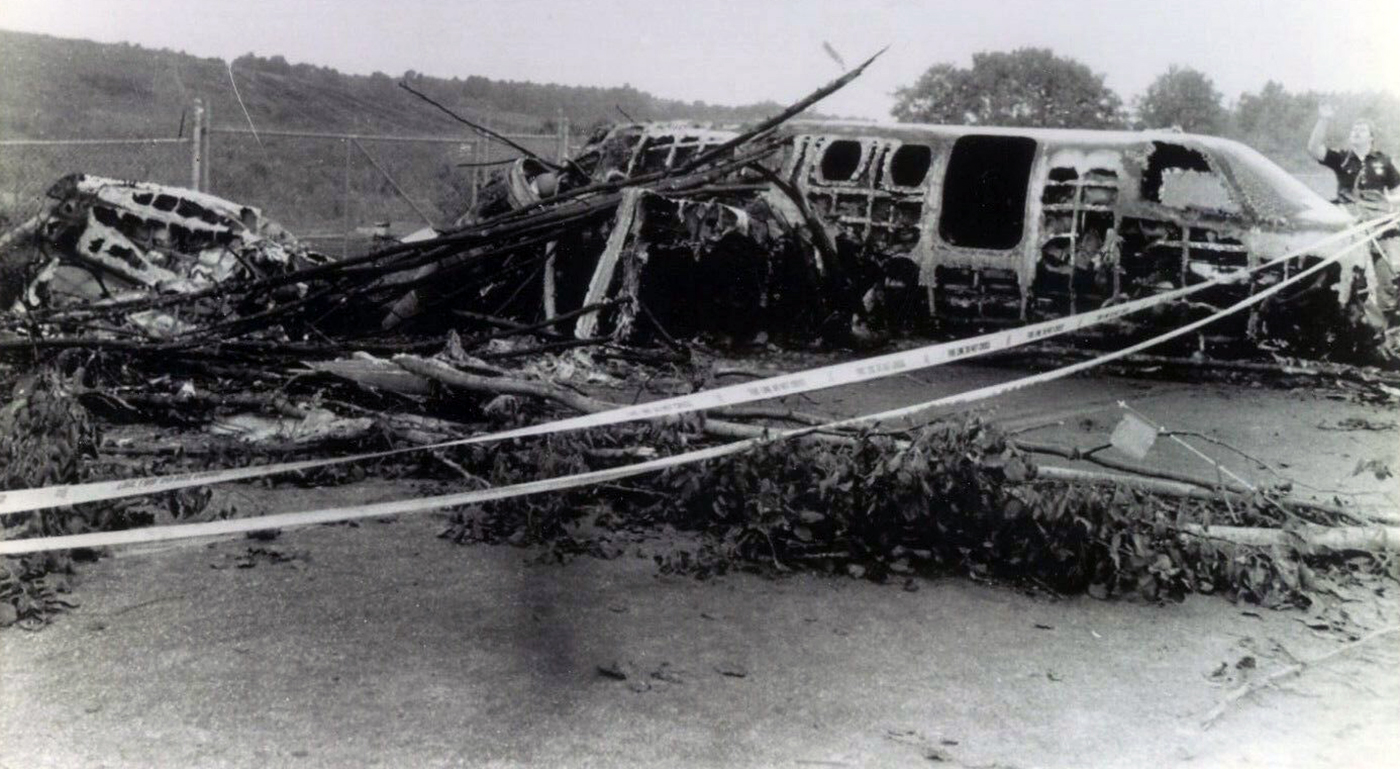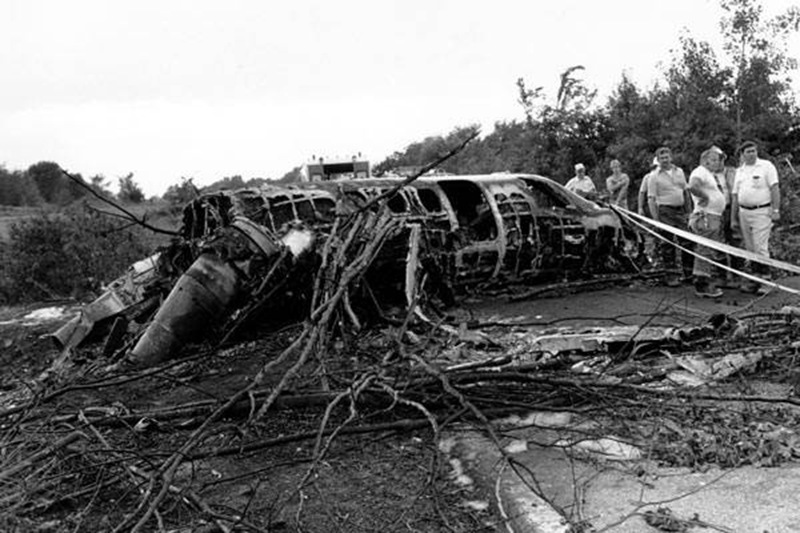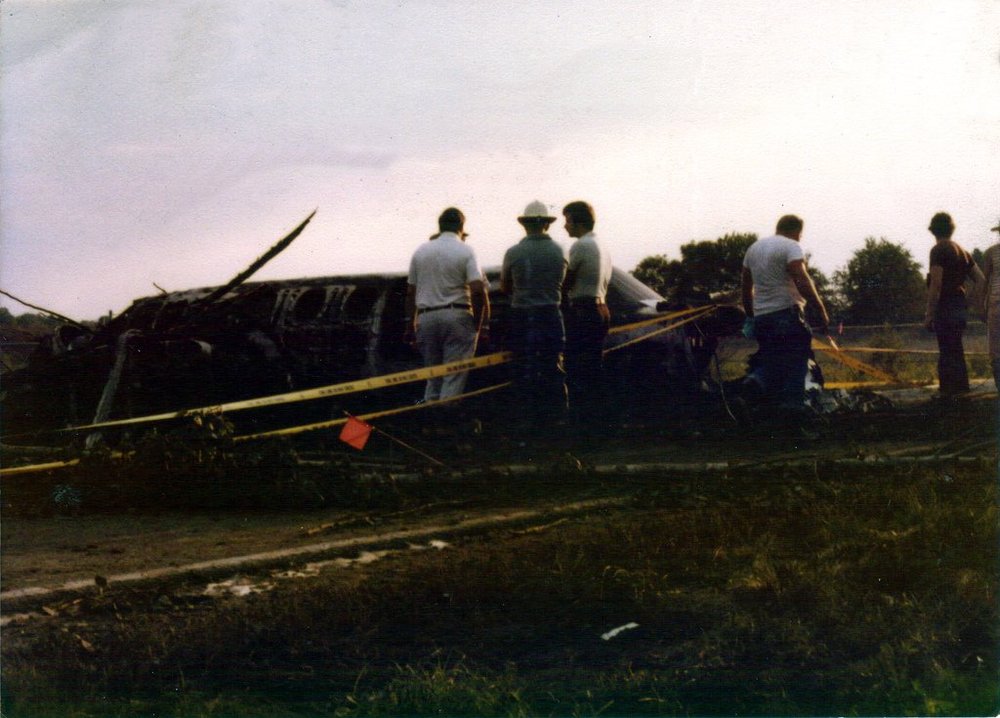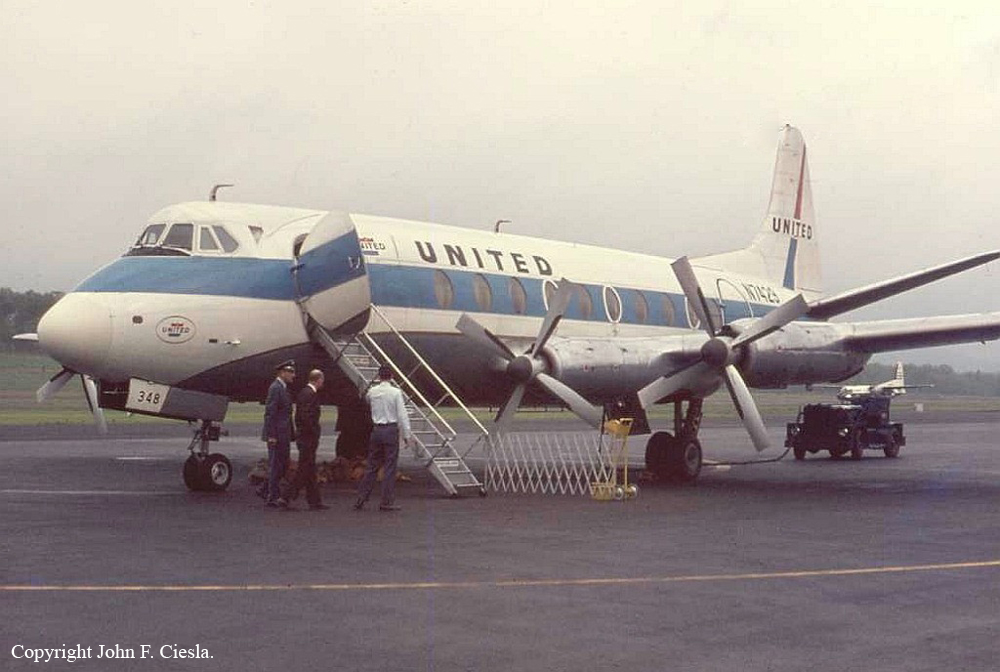Crash of a Rockwell Aero Commander 685 in Cleveland: 6 killed
Date & Time:
Jul 20, 1983 at 1522 LT
Registration:
N3711T
Survivors:
No
Schedule:
Akron - Cleveland
MSN:
685-12023
YOM:
1973
Crew on board:
1
Crew fatalities:
Pax on board:
5
Pax fatalities:
Other fatalities:
Total fatalities:
6
Captain / Total hours on type:
27.00
Aircraft flight hours:
1509
Circumstances:
While turning from downwind to base leg, the aircraft was observed descending rapidly in a steep bank. Witnesses reported smoke was trailing from the aircraft. The aircraft crashed in an industrial area. An exam of the right engine revealed that the exhaust-to-turbo adapter, pn 641829, had fractured and separated. The fracture was a result of thermal fatigue and it had propagated across more than 95% of the area before final separation had occurred. Since an exam of the cowling and both engines showed no streaking heat or smoke patterns, the reported 'smoke' was attributed to exhaust gas. While there was a loss of power in the right engine, no other aircraft malfunctions were found that would have caused loss of control. All six occupants were killed.
Probable cause:
Occurrence #1: loss of engine power(partial) - mechanical failure/malfunction
Phase of operation: approach - VFR pattern - base turn
Findings
1. (c) exhaust system,manifold/pipe - fatigue
----------
Occurrence #2: forced landing
Phase of operation: maneuvering - turn to landing area (emergency)
----------
Occurrence #3: in flight collision with terrain/water
Phase of operation: maneuvering - turn to landing area (emergency)
Findings
2. (c) aircraft handling - inadequate - pilot in command
Phase of operation: approach - VFR pattern - base turn
Findings
1. (c) exhaust system,manifold/pipe - fatigue
----------
Occurrence #2: forced landing
Phase of operation: maneuvering - turn to landing area (emergency)
----------
Occurrence #3: in flight collision with terrain/water
Phase of operation: maneuvering - turn to landing area (emergency)
Findings
2. (c) aircraft handling - inadequate - pilot in command
Final Report:









